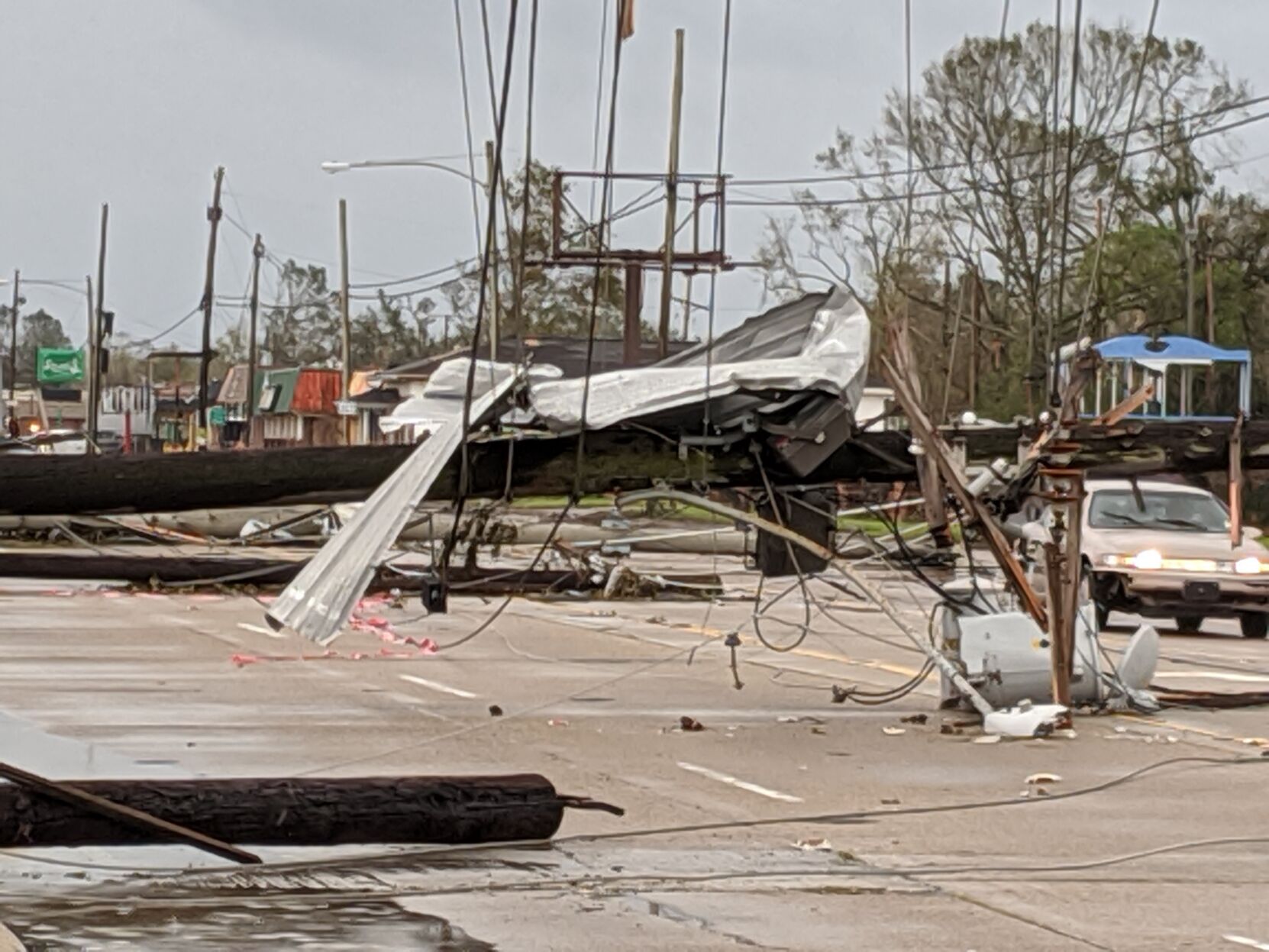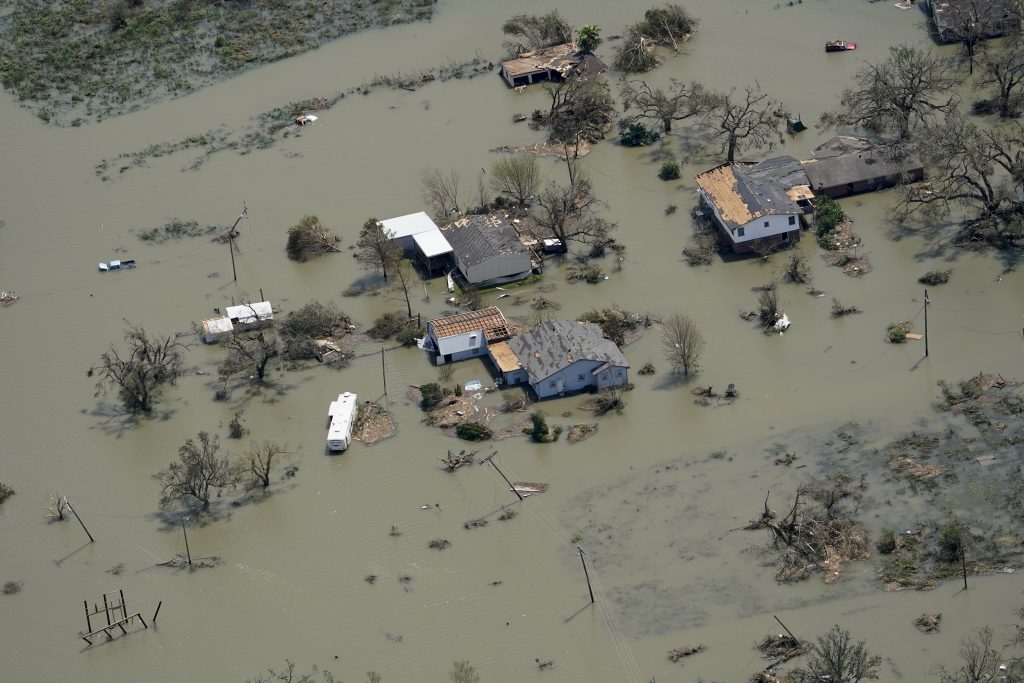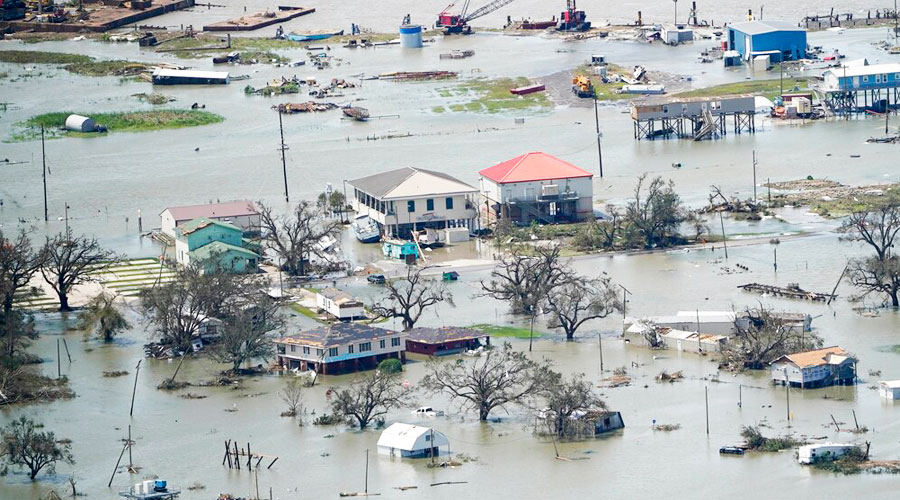

We understand more than 700,000 folks are without electricity across the region. I mean, are they just on their own for the foreseeable future?īURNETT: Yes. So I'm guessing Roberta Holmes and others in the area have no electricity now. And with the COVID going on, I have preexisting conditions, and I was more afraid of the virus than I was the storm.ĬHANG: Wow. And there's nothing worse than being in a shelter. You may wonder why Roberta Holmes didn't evacuate like most of the population down here. HOLMES: That one was called Rita, and my one over there was called Ike.īURNETT: And both those palm trees were sheared off by Laura.īURNETT: And stay with me here, Ailsa. And she says during Laura, her house held up spectacularly, but she says the storm decapitated her two favorite palm trees. So she built that stronger and higher, exceeding local building codes. But it wasn't bad.īURNETT: Holmes says she lost two earlier dwellings here in this little development, one to Hurricane Rita in 2005 and another to Hurricane Ike in 2008. But this storm was the first time I've ever felt the house move. ROBERTA HOLMES: Predominantly the wind came out of the north, so it drove the water back into the Gulf. And that was critical to her survival because the swirling hurricane winds hit her from behind from inland, not from the Gulf.


She was just 20 miles east of where Laura's eye made landfall. She says she's autistic, and she lives all alone in a blue beach house on stilts in a tiny community called Gulf Breeze Beach. But the most interesting thing about covering the aftermath of a major hurricane is the people you meet in this liminal space between reality and unreality.ĬHANG: And did you meet anyone who didn't evacuate, who tried to just ride out the storm?īURNETT: I did. The huge hardwoods, some of them that were growing during the Civil War, get blown over, and they leave their massive root structures sticking up in the air. You see insulation scattered all over the ground like dirty yellow cotton candy. What did it look like after a whole night of getting pounded by 150-mph winds?īURNETT: Well, I've covered a lot of Gulf hurricanes, Ailsa, and what you see are thin sheet metal flying off of outbuildings and RVs and trailers and wrapping itself like tin foil around trees and utility poles. Well, you were out this morning in a coastal area in Louisiana close to where the eye made landfall. Many went to hotel rooms to avoid crowded shelters where they could catch the coronavirus.ĬHANG: Right. Greg Abbott attributes that to so many people who evacuated before the storm. And in Texas, there were very few reports of injuries.

Officials say they know of at least four people who've died in Louisiana, including a 14-year-old girl, when trees fell on their houses. What does Laura's aftermath look like at this point?īURNETT: You know, there's so much relief that despite this storm's ferocious wind, search and rescue teams are not finding a lot of fatalities. Hey, John.ĬHANG: All right, so bring us up to speed here. NPR's John Burnett is with us from Beaumont, Texas. Laura has currently dropped to a tropical storm, and it's passing through Arkansas. There is major wind damage in the Cameron, Lake Charles area of Louisiana, but the tidal surge didn't get anywhere close to the 20 feet that was projected. Some relief for the Texas-Louisiana coast as it appears the storm surge from Hurricane Laura, a Category 4 storm, has so far not turned to catastrophe.


 0 kommentar(er)
0 kommentar(er)
